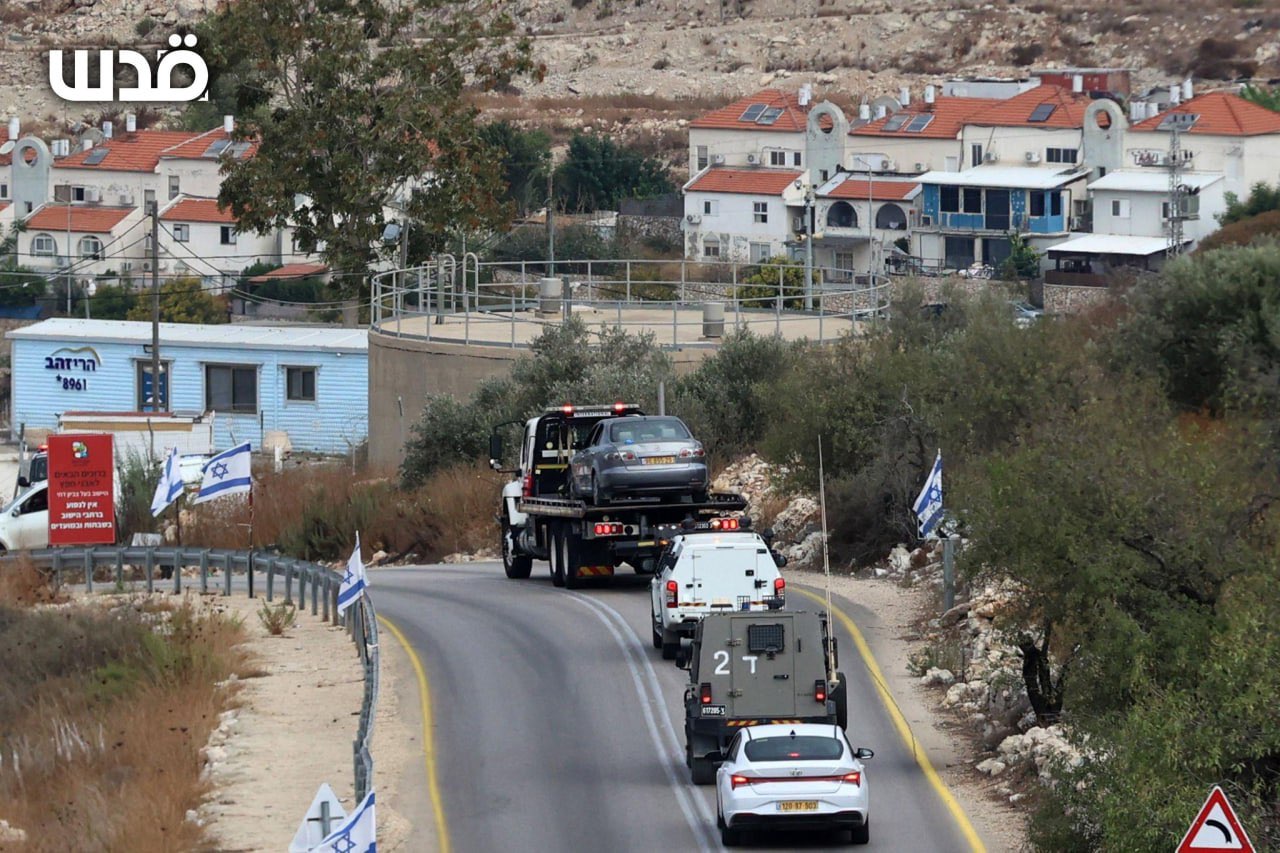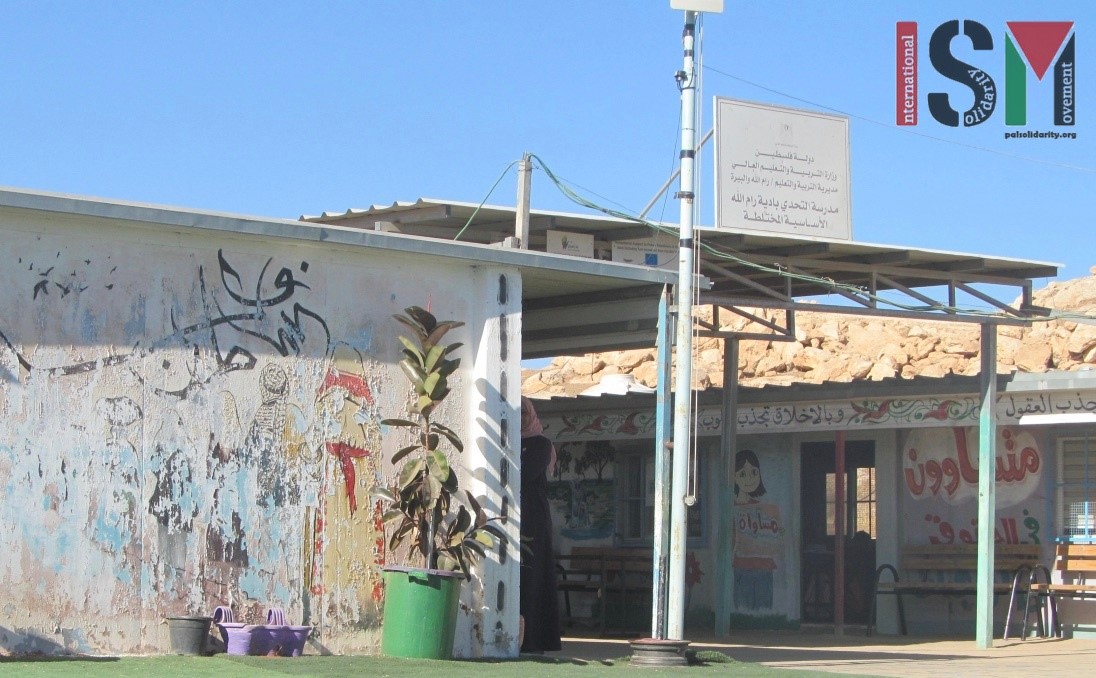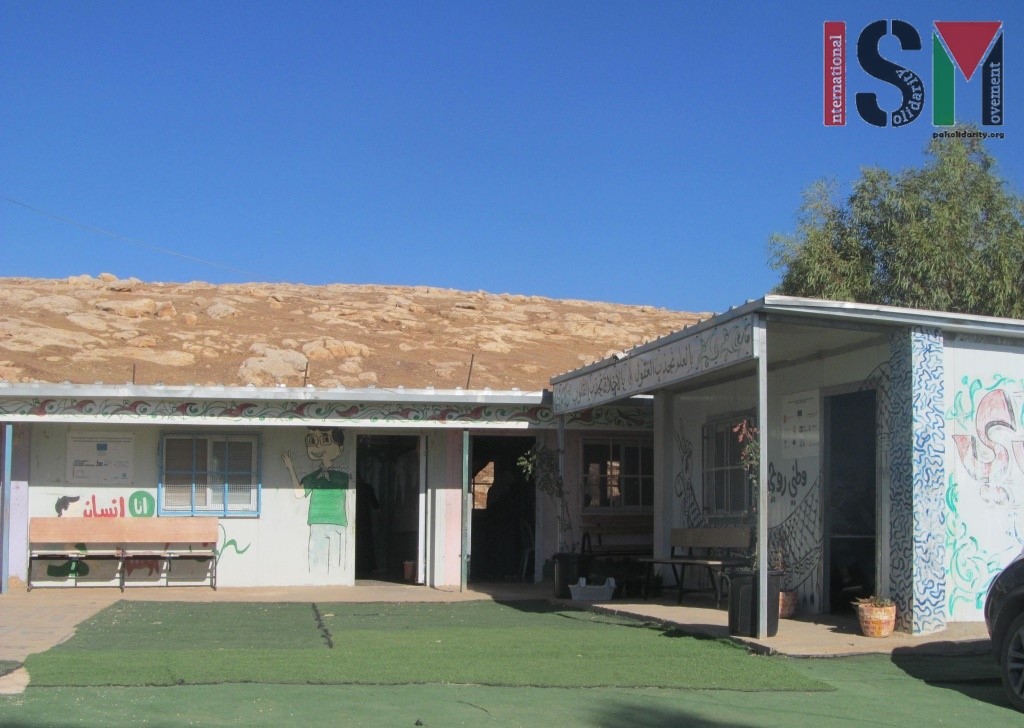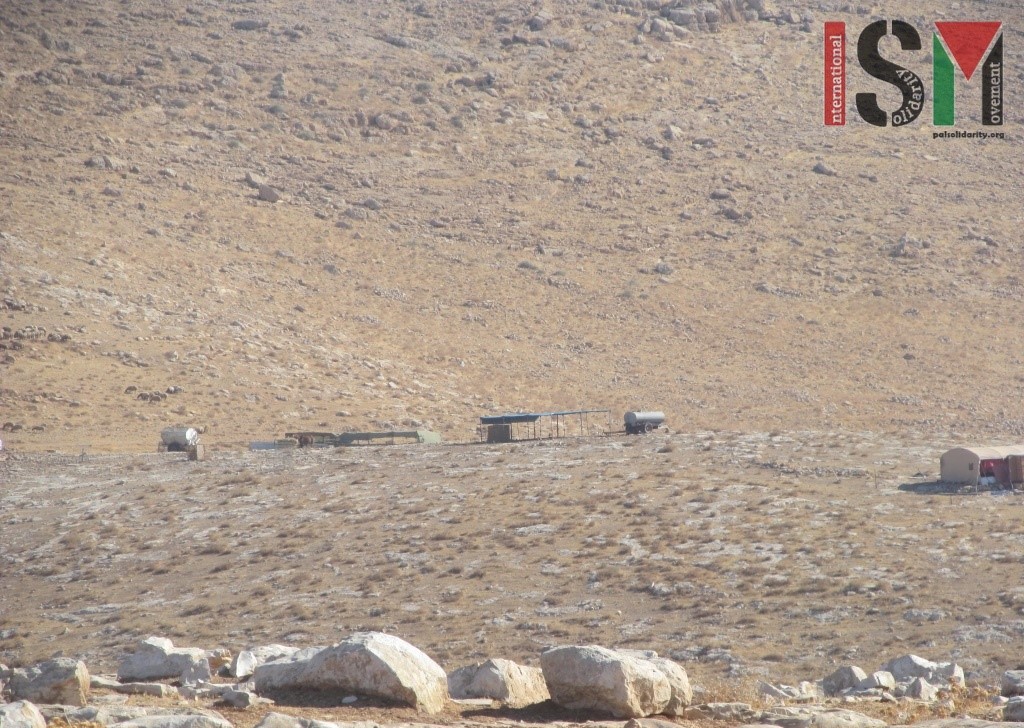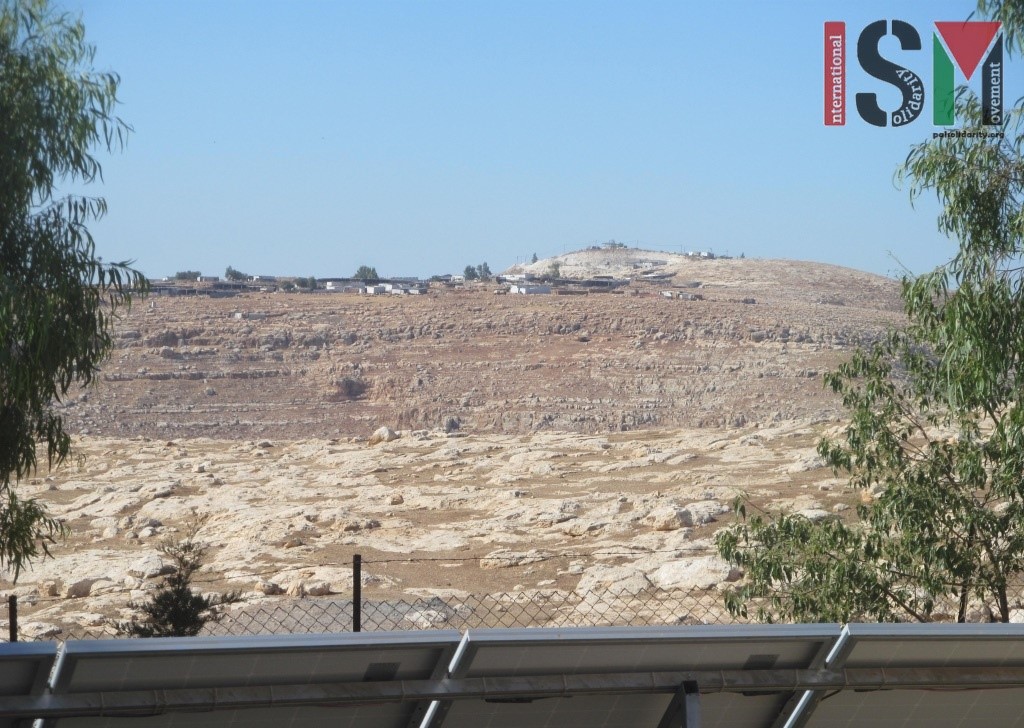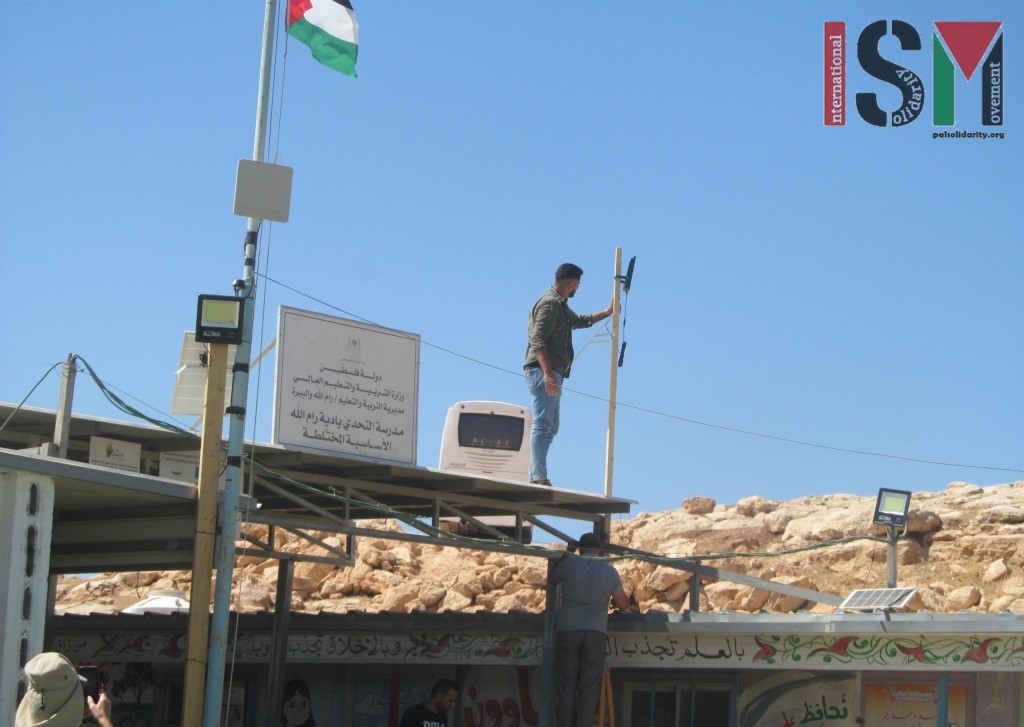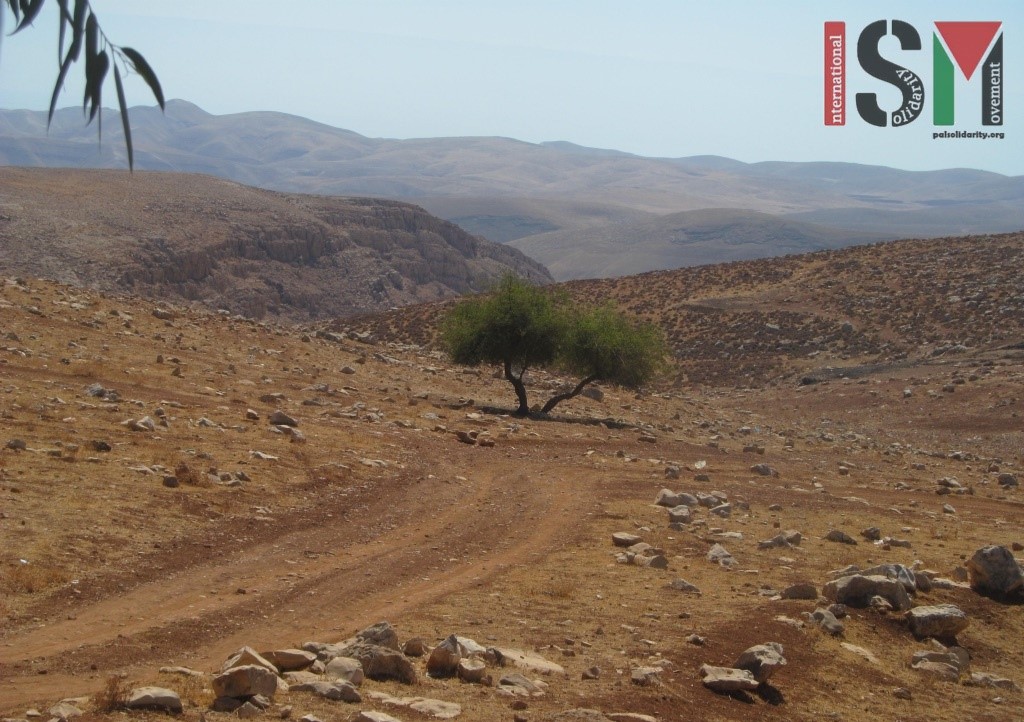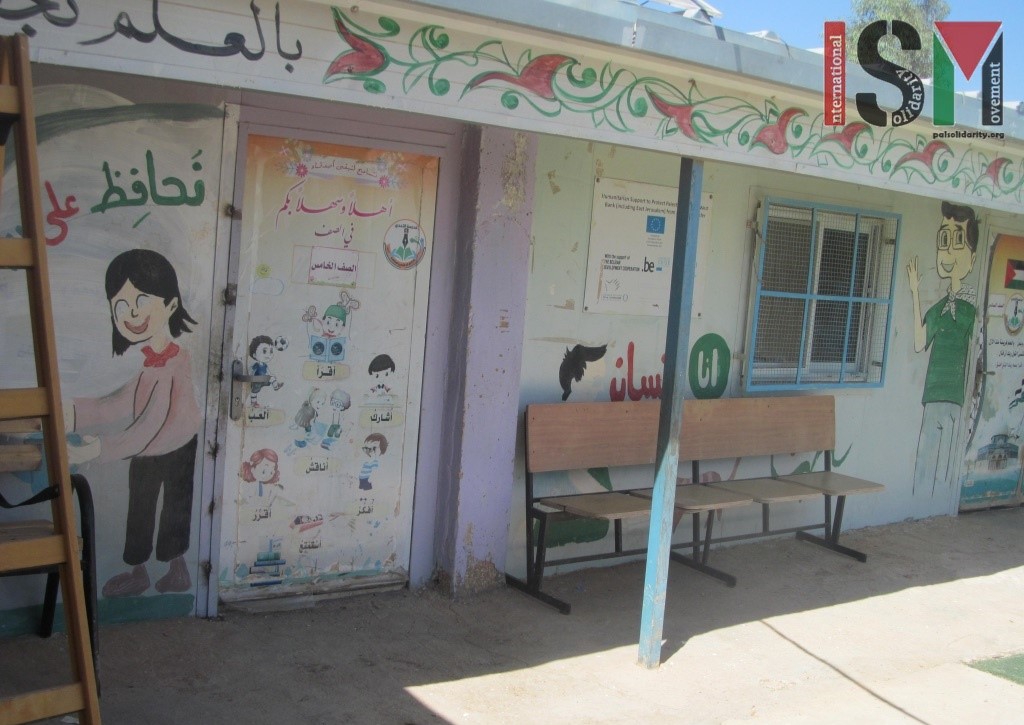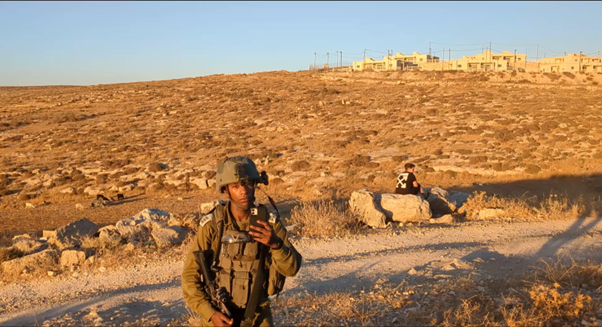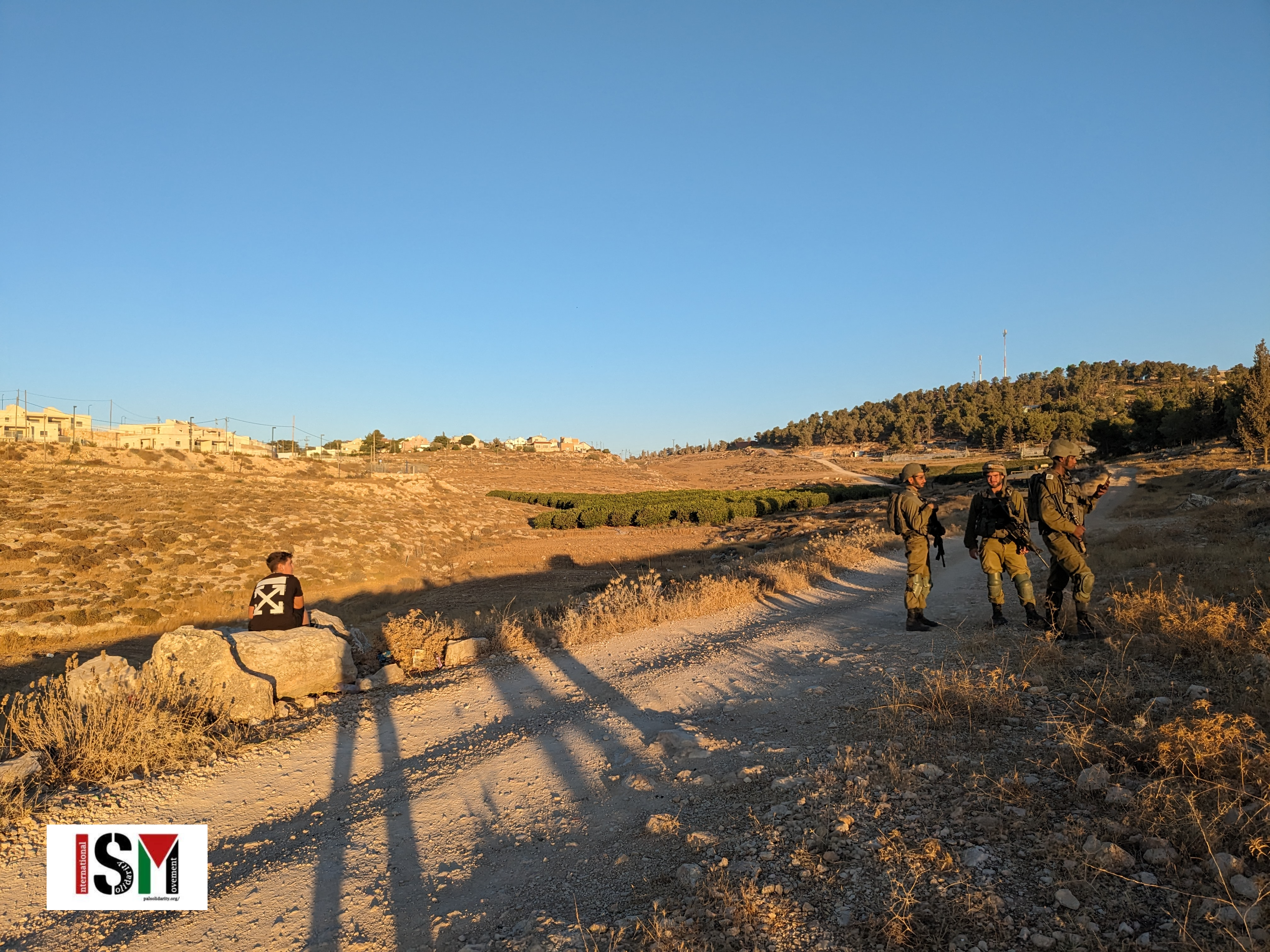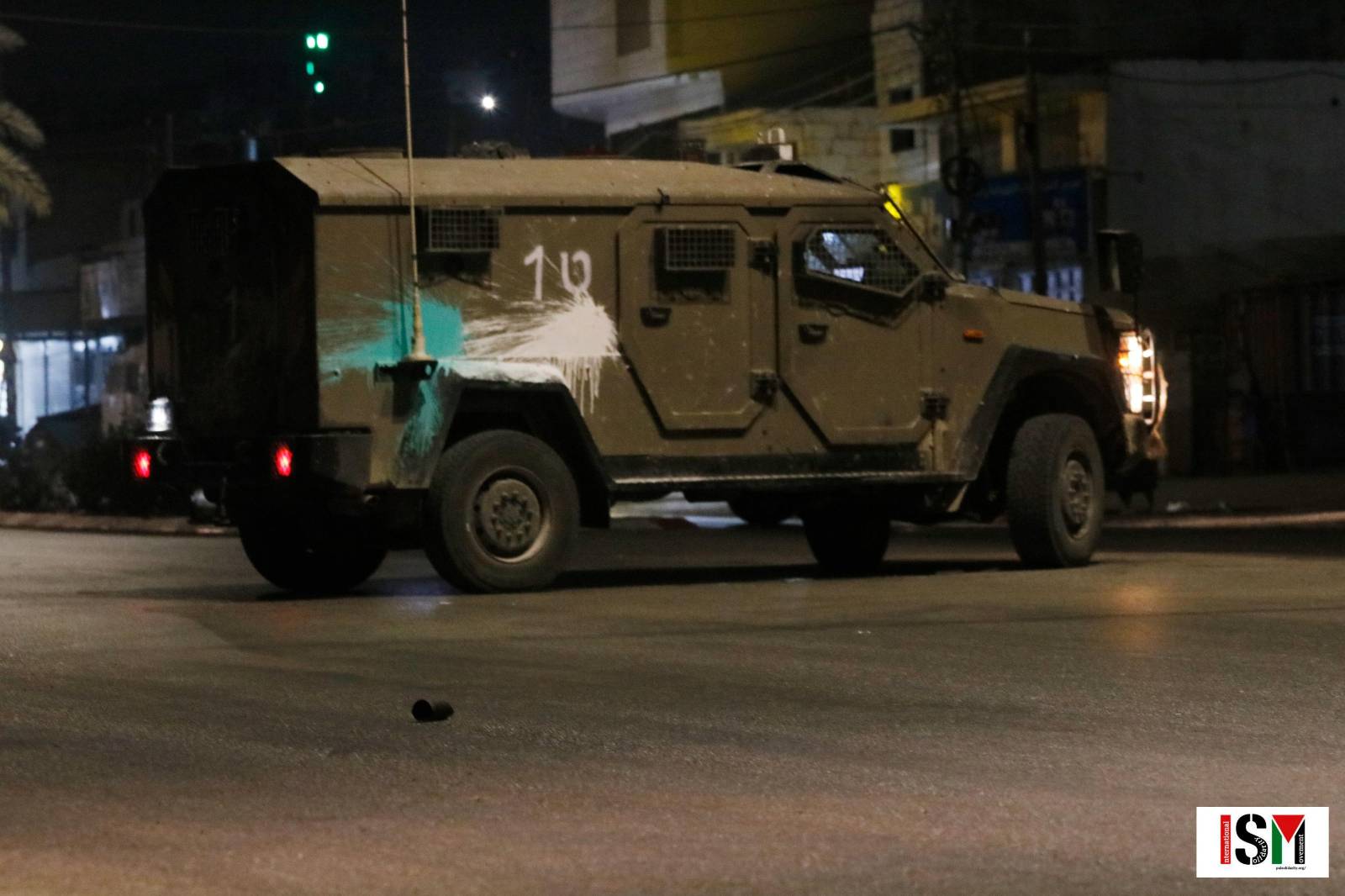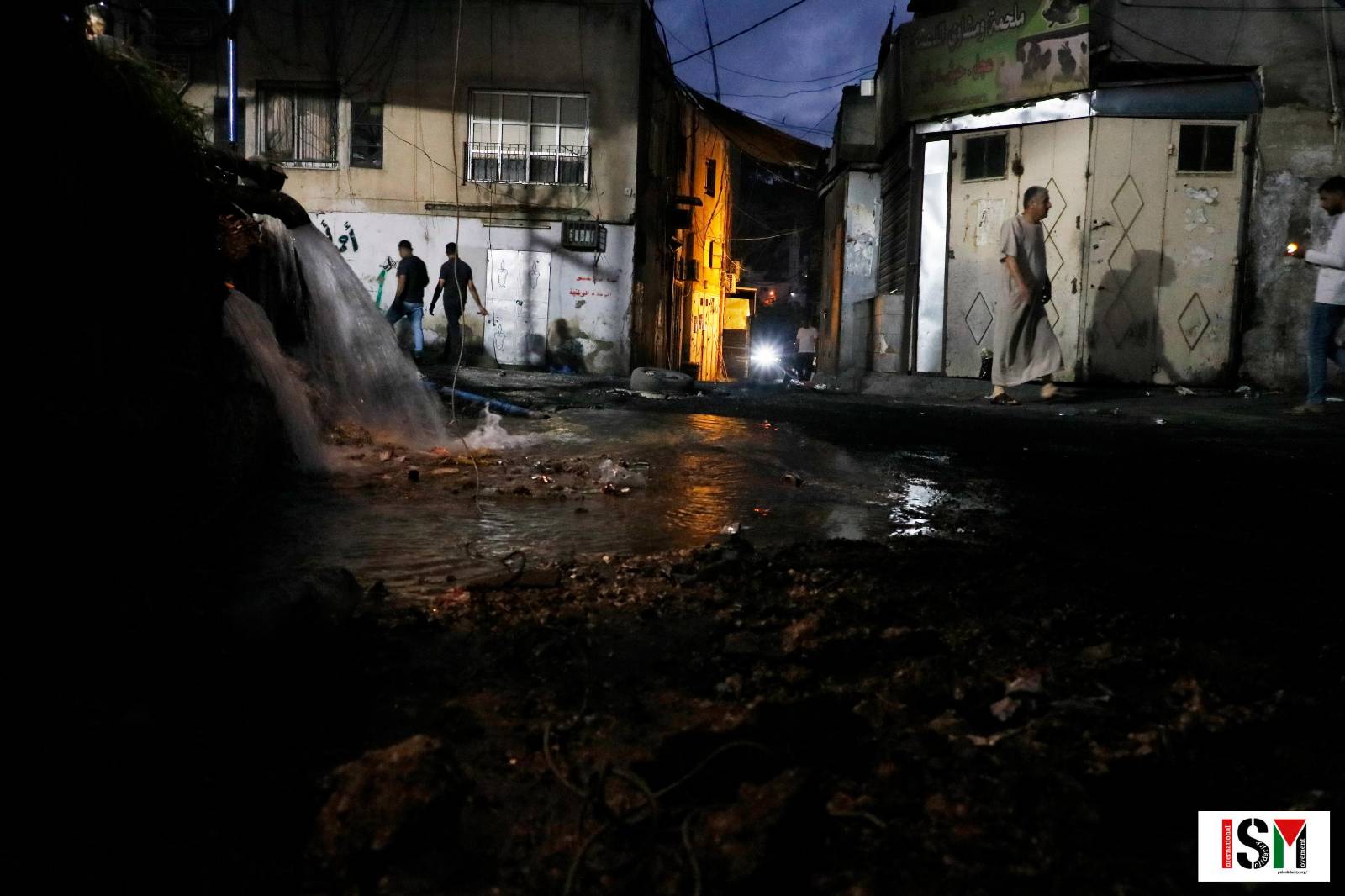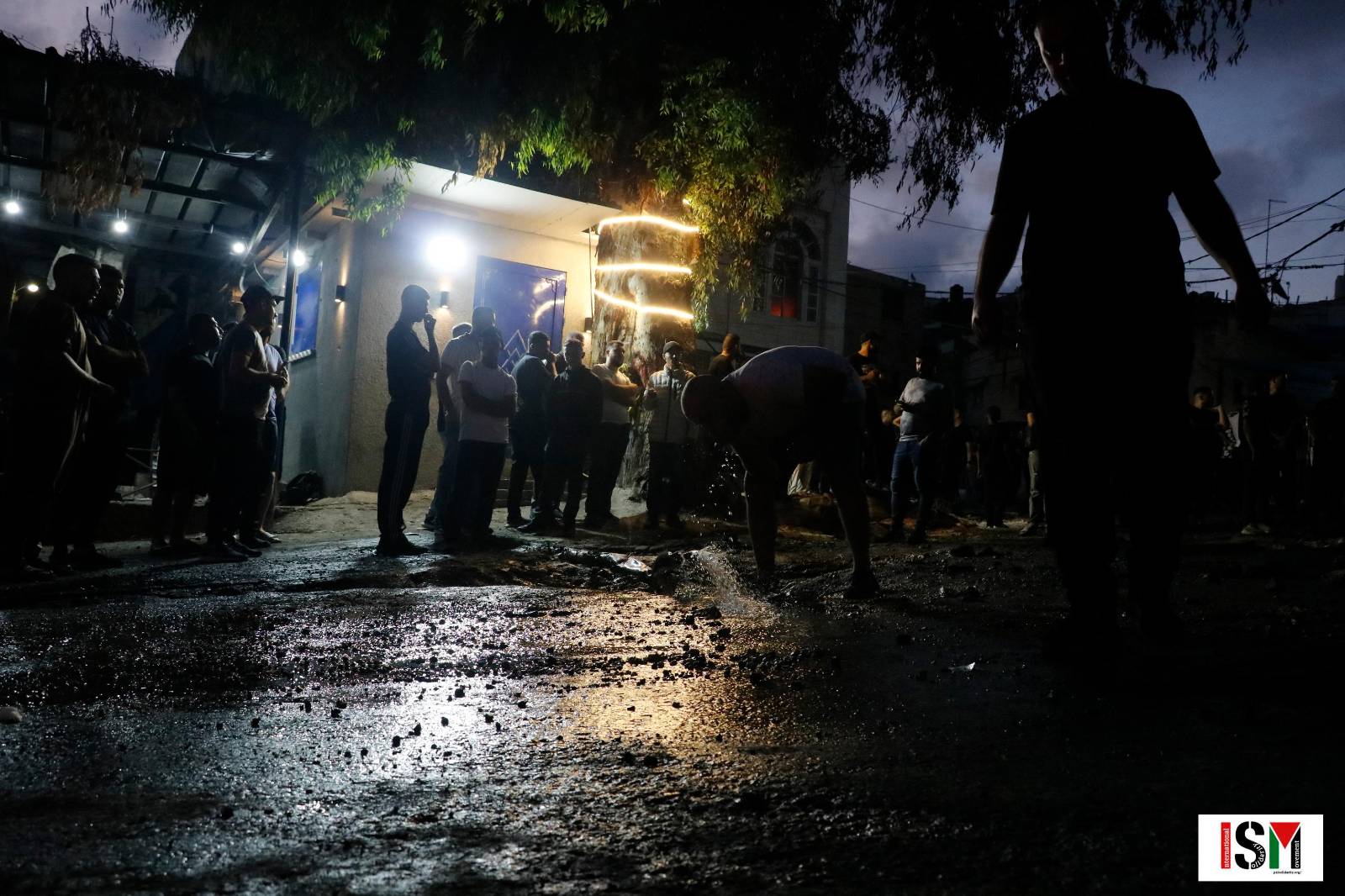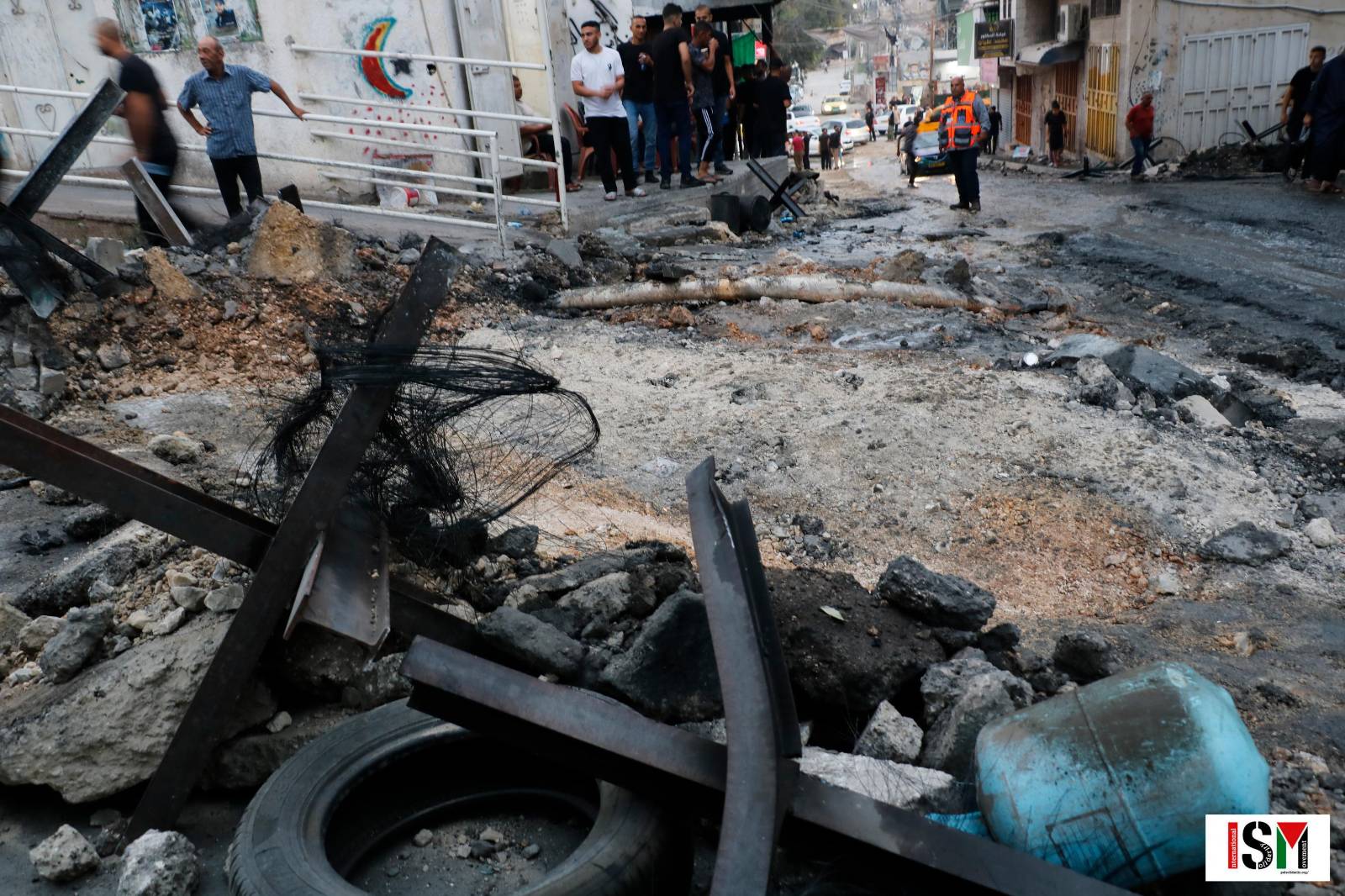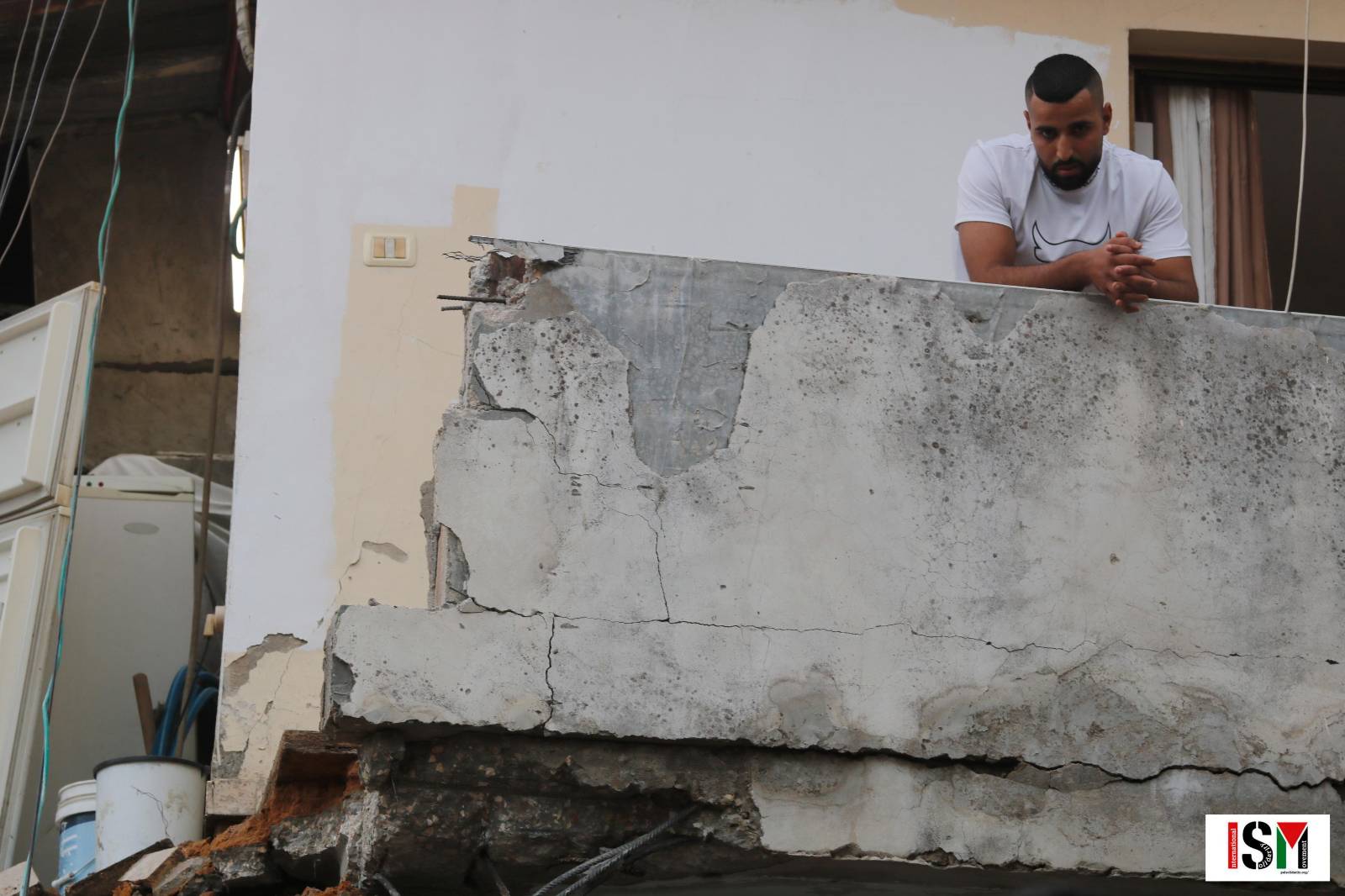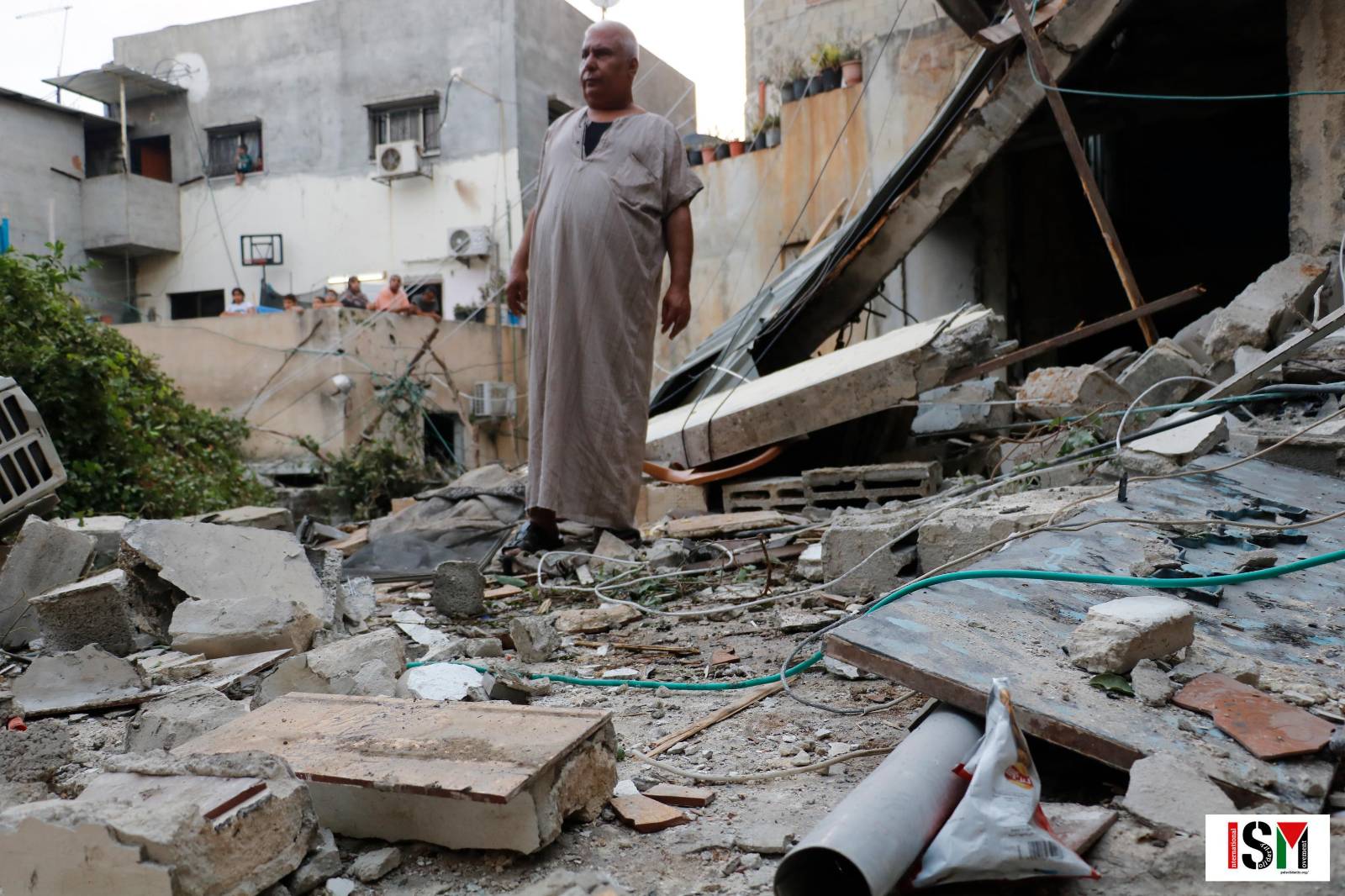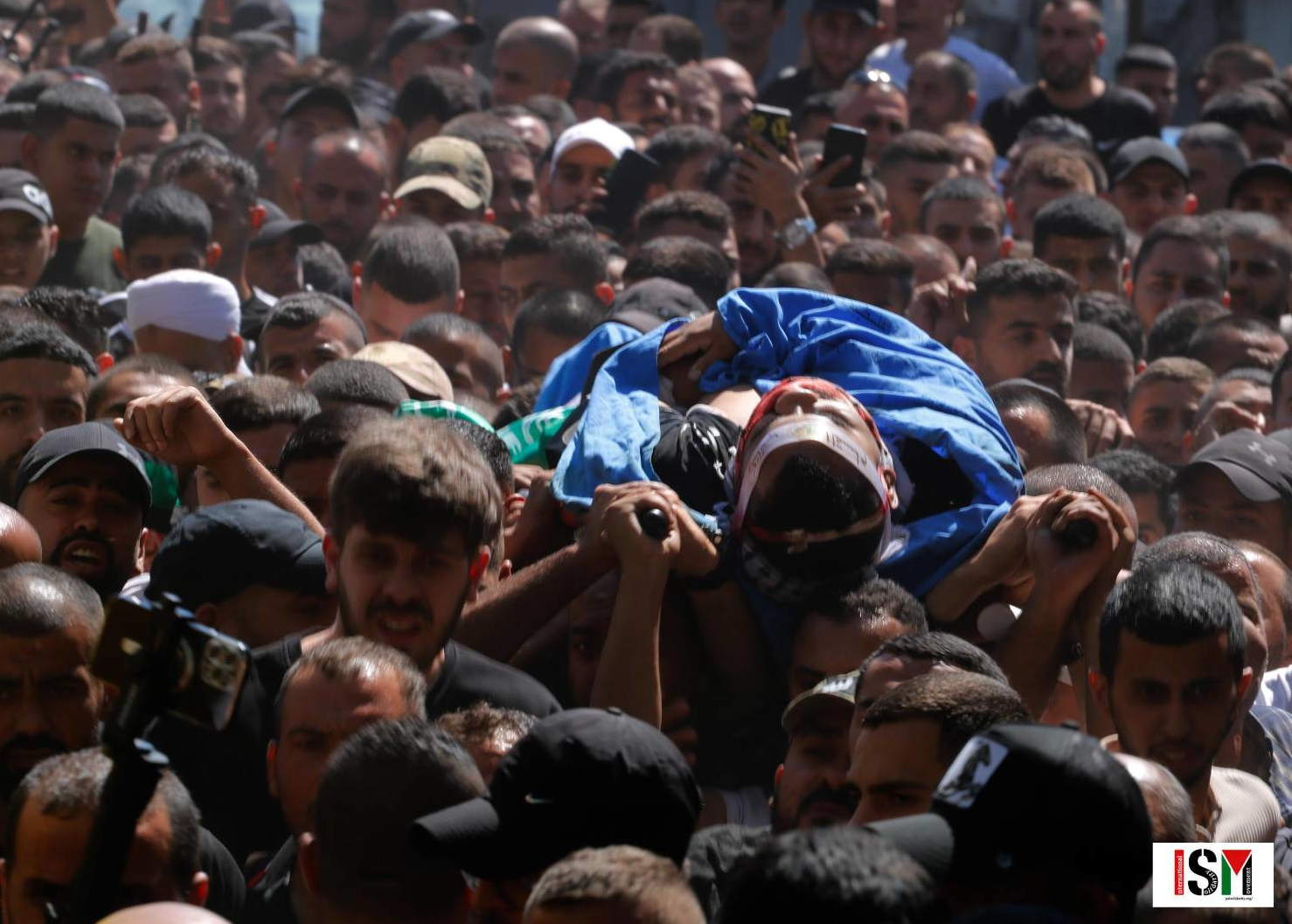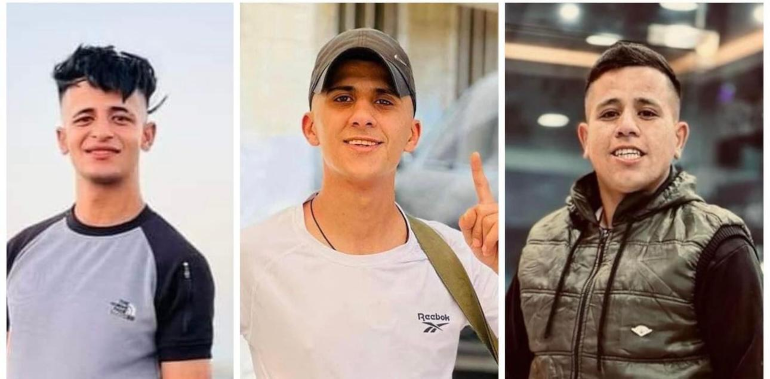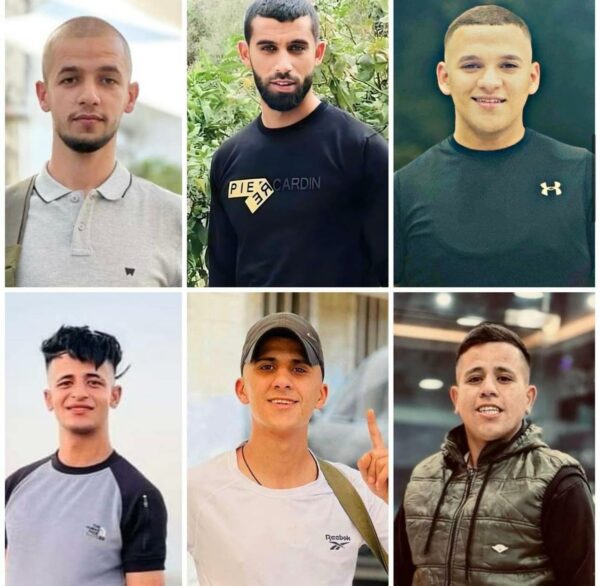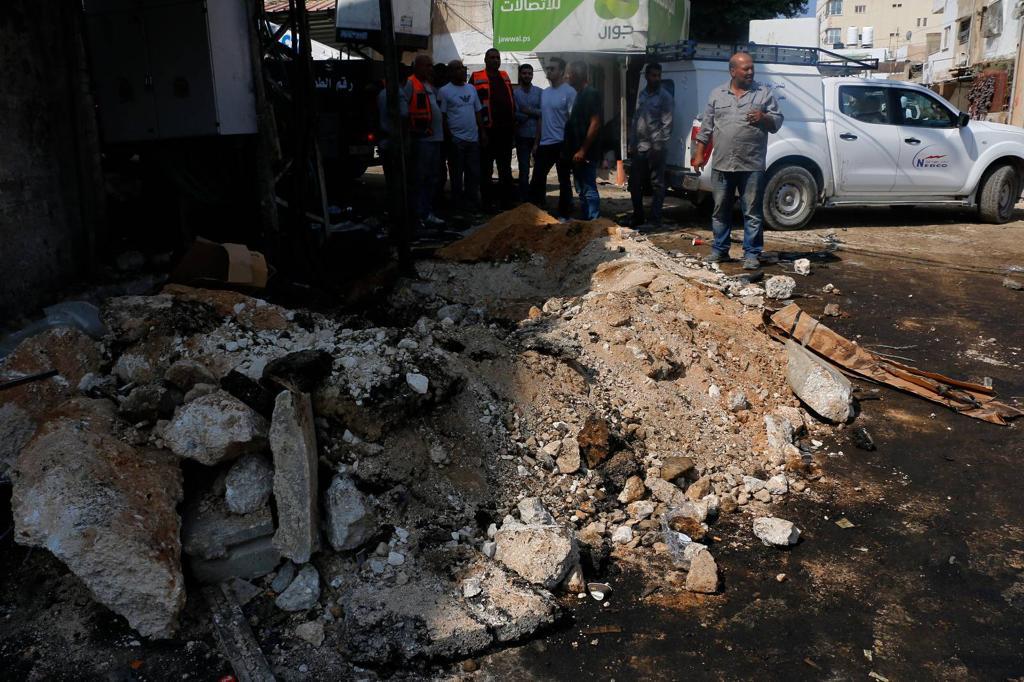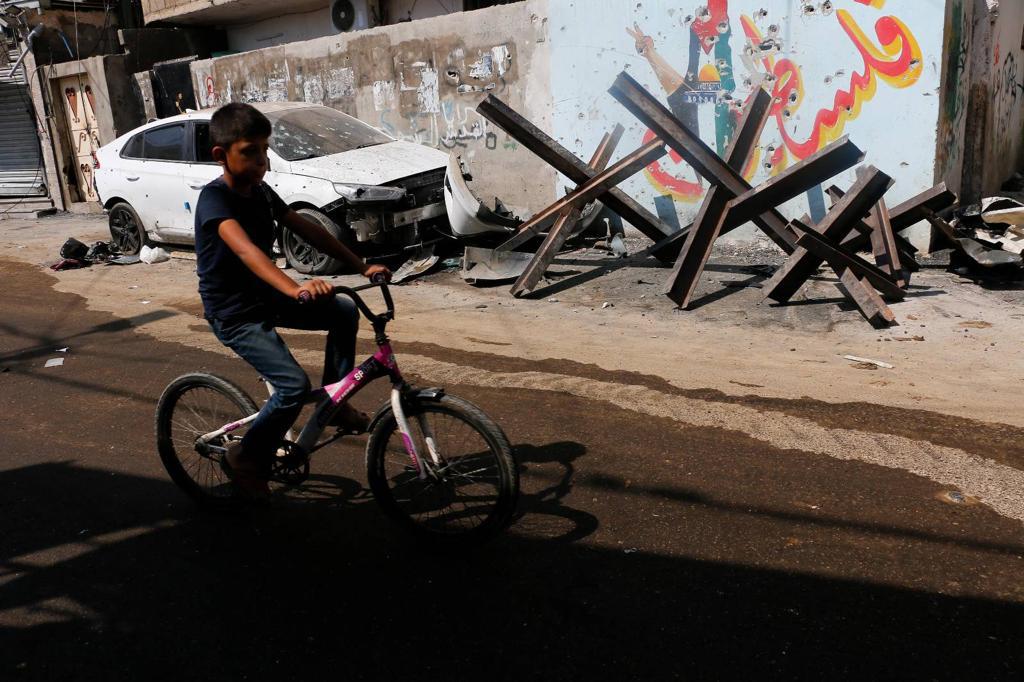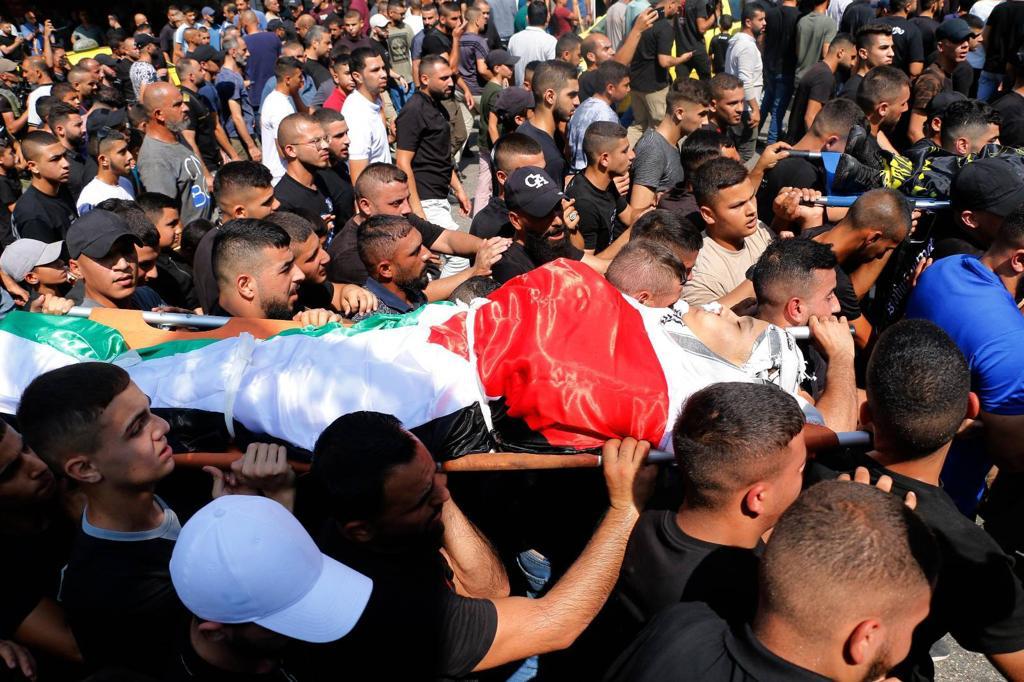By. Diana Khwaelid
Tulkarm – 5-10-2023
A rapid military operation carried out by the Israeli occupation forces in Tulkarem camp at dawn today, around 5 a.m. Dozens of Israeli military vehicles stormed Tulkarem camp in the centre of the city, in the northern West Bank.
Strong confrontations and clashes broke out between Palestinian militants who tried to confront the occupation forces and defend the camp. Between the Israeli occupying forces, it lasted almost two hours.
At the same time, the occupation forces stormed the city of Nablus, in particular the Balata camp, to secure the way for settlers to reach the Tomb of the Prophet Joseph near the camp, to perform Talmudic prayer ahead of the occasion of Jewish Throne Day. Three youths were injured by live bullets, another was injured while trying to escape. Dozens of youths suffered from tear gas inhalation.
Eyewitnesses from the camp said that they noticed the presence of Israeli special forces from the Al-Yamam battalion, so alarm sirens were activated in the camp later and armed confrontations broke out between the two parties. It lasted about 15 minutes, during which explosive bombs were thrown, and one of the occupation soldiers was shot in the head, according to eyewitnesses.
The Israeli occupation forces stormed the family home of the hunted young man (Amir Balawneh) and arrested his father (Saad Mahmoud Balawneh), 45 years old. As a means of pressure for his son to surrender to the Israeli occupation forces. On the morning of 5th September the Israeli occupation forces arrested the freed prisoner Ahmed Abu Khadra (35) from Tulkarem while he was passing through one of the military checkpoints.
Israeli media sources confirmed that the Tulkarm Battalion mounted a rapid response in the camp, and emphasized the continuous resistance to the occupation in defence of the camp. The continued resistance pays tribute to its martyrs, who were killed in an assassination carried out by the occupation forces near the village of Shufa southeast of the city.
There were injuries and deaths in the ranks of the Israeli army during its storming of the Tulkarm camp at dawn on the 5th October.
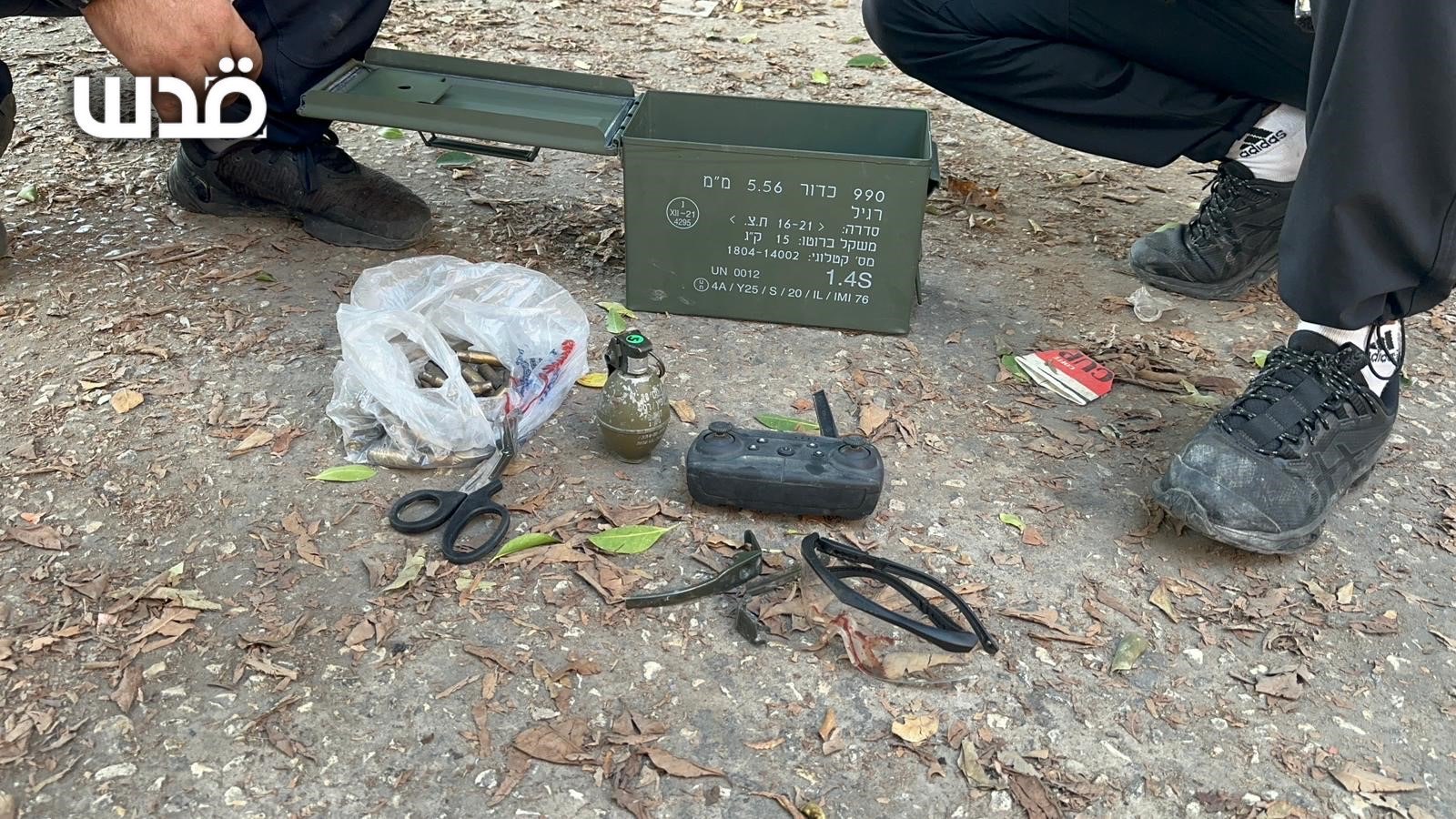
Approximately at 7: 15 a.m. today – after the Israeli occupation forces withdrew from the camp, with heavy material and human losses – local and Israeli media broadcast news about the assassination of two young
Palestinians by the Israeli occupation forces, near the Shufa checkpoint, in Tulkarm. Hebrew language Israeli sources claimed that Palestinian youths had carried out an attack by shooting at an Israeli settler on the 20th August of this year near the illegal settlement of Avni Hefetz.
The Palestinian Ministry of Health and the Palestinian Liaison Directorate confirmed the martyrdom of the two young men – Huthayfa Adnan Fares, (27), and Abdul Rahman Fares Atta (23).
5th September was a sad day of mourning in the city of Tulkarm, its villages and camps, the National Action factions in the city declared public mourning and a strike in honour of the spirit of the martyrs
Ten people from the city of Tulkarem have been martyred by occupying forces since the beginning of the year.
Screenshots have been taken from Quds News Network



